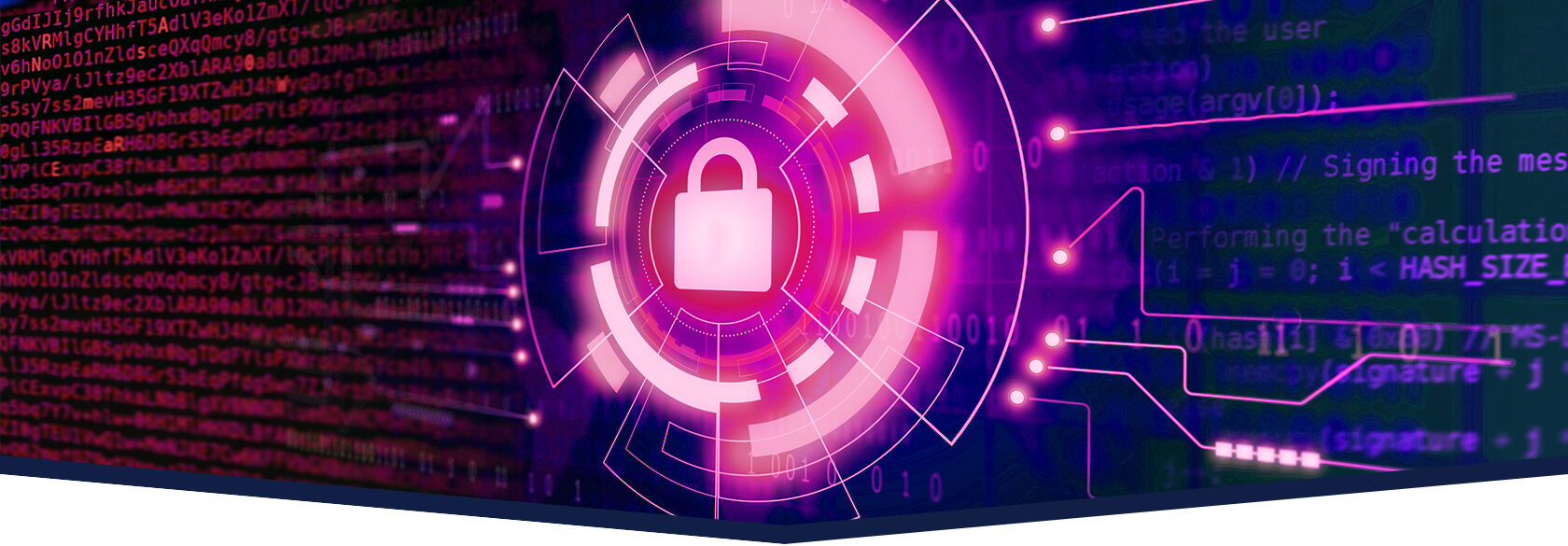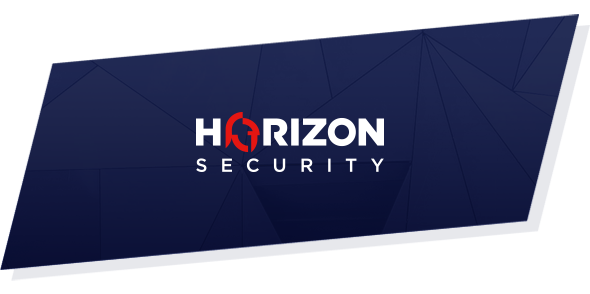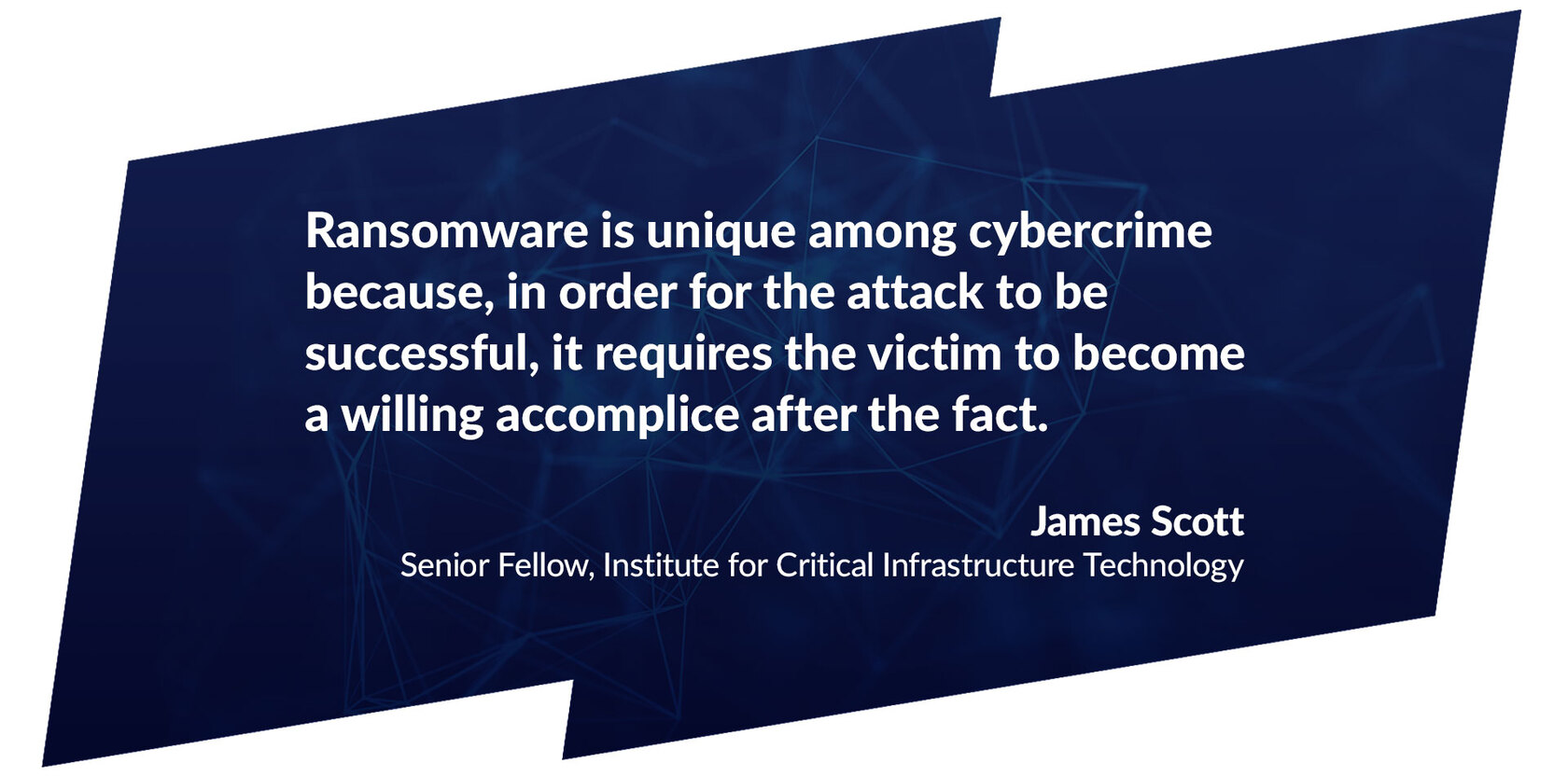Ransomwares are malicious software that prevents users from accessing their system or their files and demands a ransom payment in order to regain access.
Typically designed to spread across the company network, these strain of malwares generally works by encrypting valuable files on as many targets as possible. They target databases, file servers, employee's laptops and possibly any appliance that makes use of a filesystem.
Medium and large companies of all kinds are the main targets of these cyberattacks and a successful infection can quickly paralyze an entire organization. Ransom malware has become an awful popular weapon in the hands of malicious actors who try to harm governments, businesses and individuals on a daily basis.
Furthermore, some Ransomware authors sell the service to others, this business model is known as Ransomware-as-a-Service (RaaS).
Malware developers lease Ransomware variants in the same way that legitimate software developers lease SaaS products. RaaS gives everyone, even people without much technical knowledge, the ability to launch Ransomware attacks just by signing up for a service.
Typically designed to spread across the company network, these strain of malwares generally works by encrypting valuable files on as many targets as possible. They target databases, file servers, employee's laptops and possibly any appliance that makes use of a filesystem.
Medium and large companies of all kinds are the main targets of these cyberattacks and a successful infection can quickly paralyze an entire organization. Ransom malware has become an awful popular weapon in the hands of malicious actors who try to harm governments, businesses and individuals on a daily basis.
Furthermore, some Ransomware authors sell the service to others, this business model is known as Ransomware-as-a-Service (RaaS).
Malware developers lease Ransomware variants in the same way that legitimate software developers lease SaaS products. RaaS gives everyone, even people without much technical knowledge, the ability to launch Ransomware attacks just by signing up for a service.


